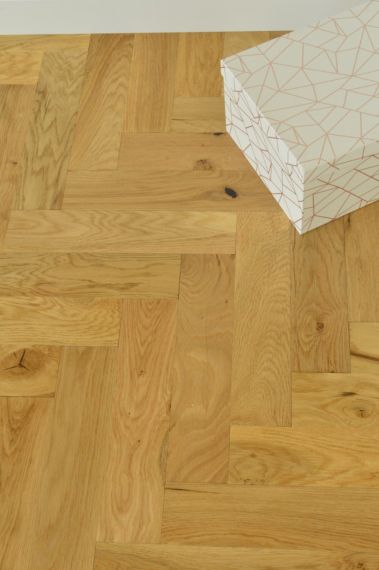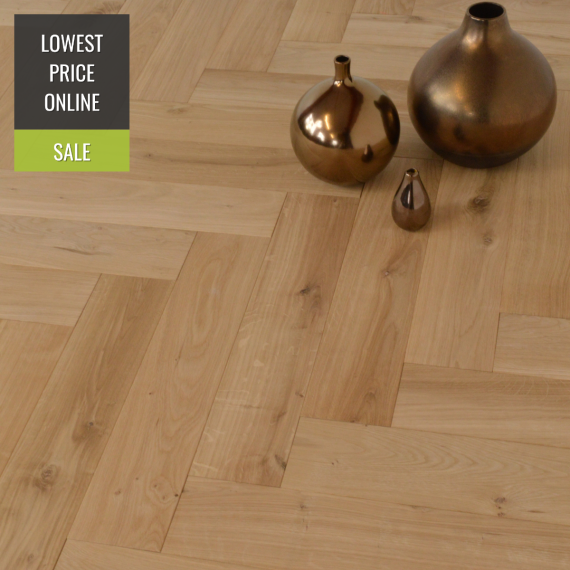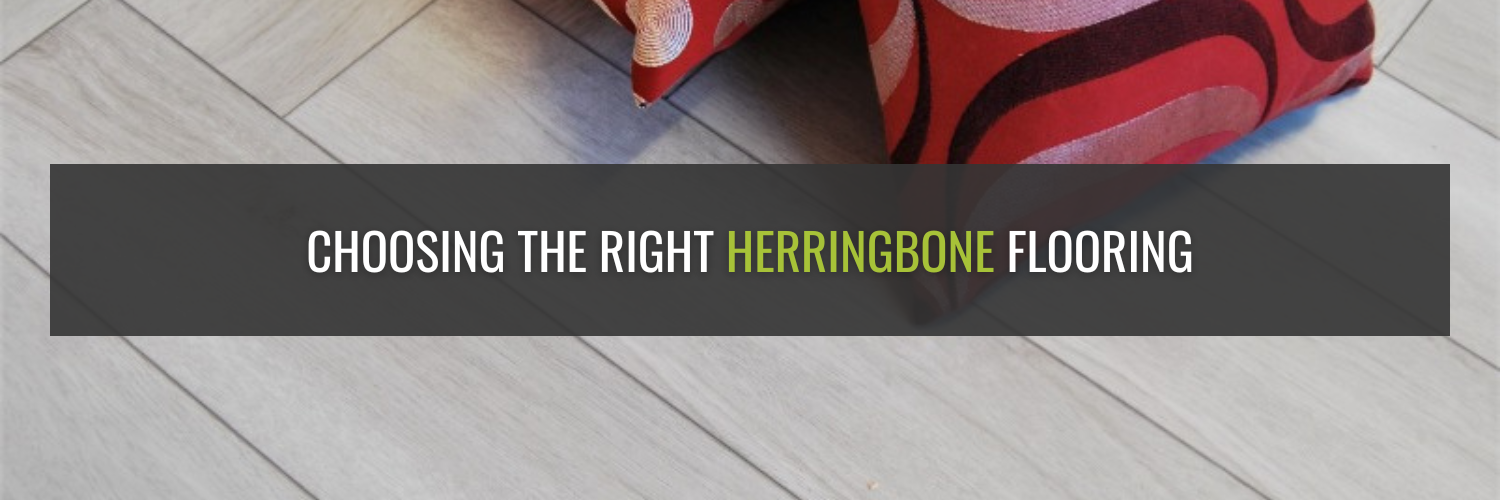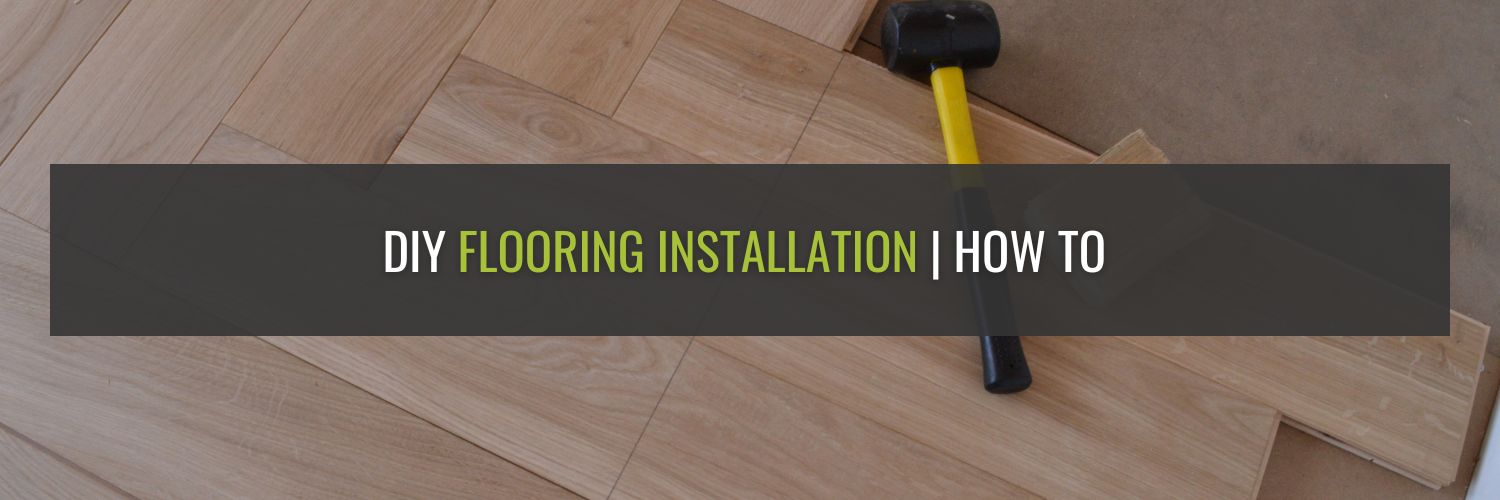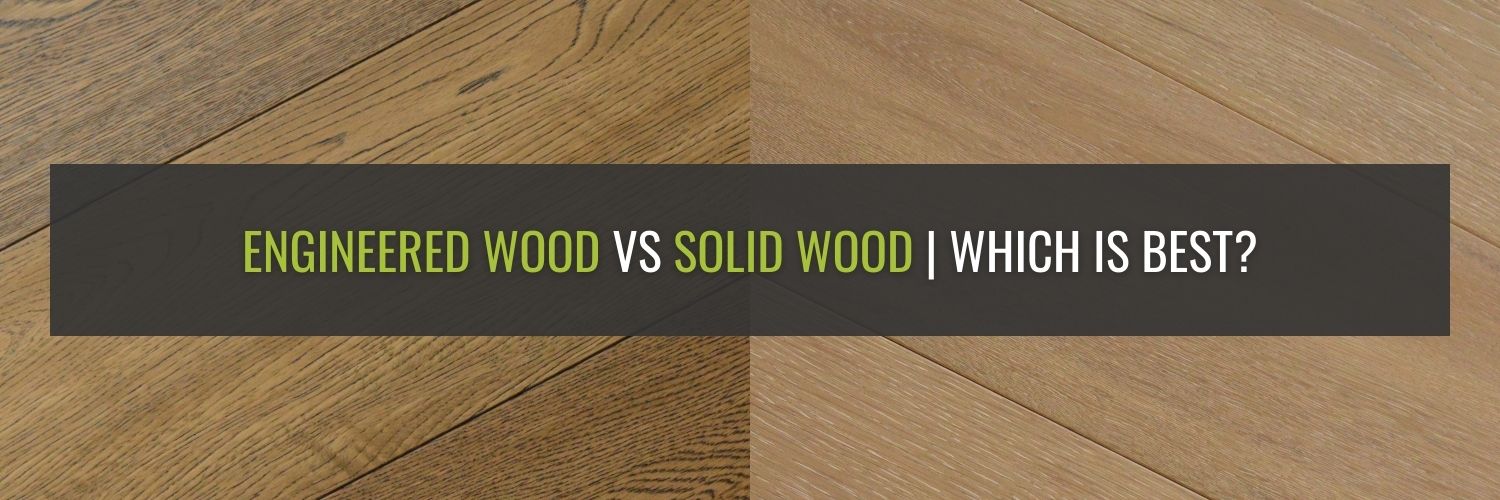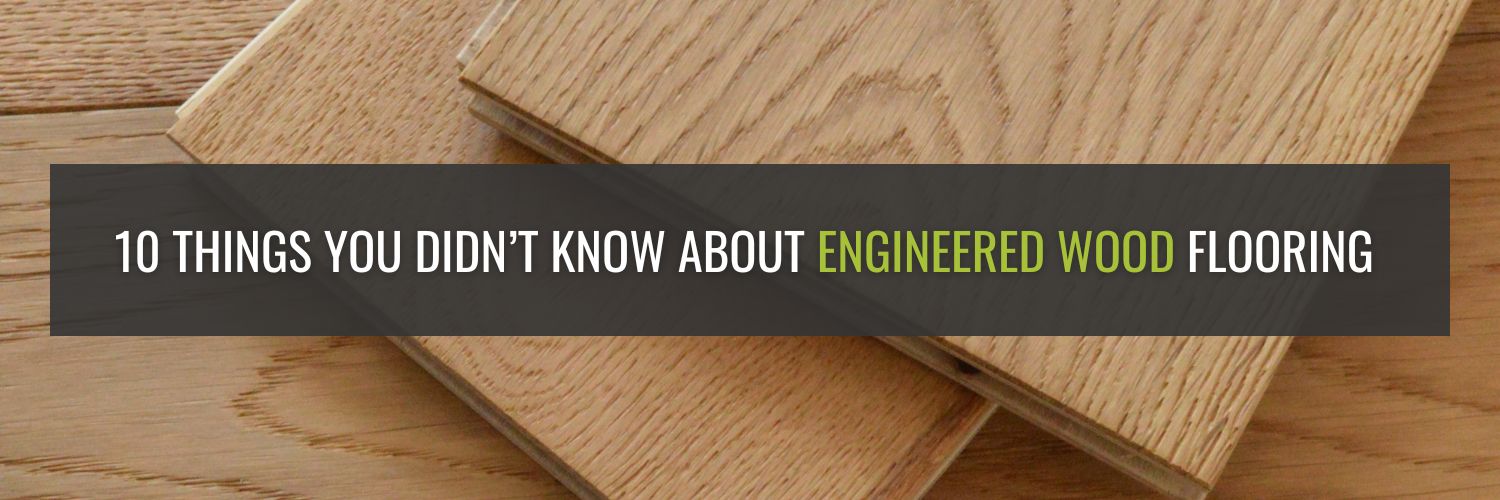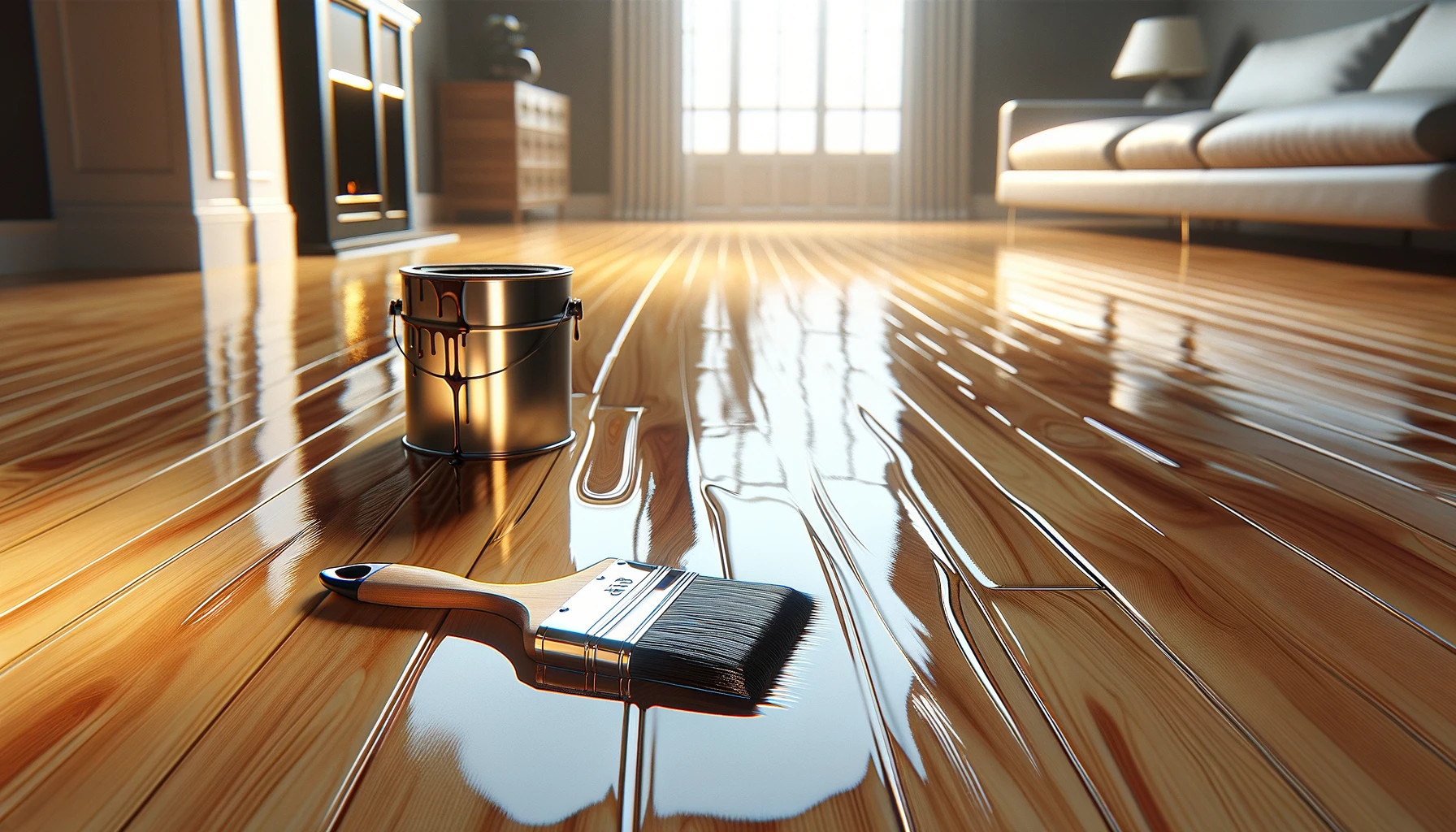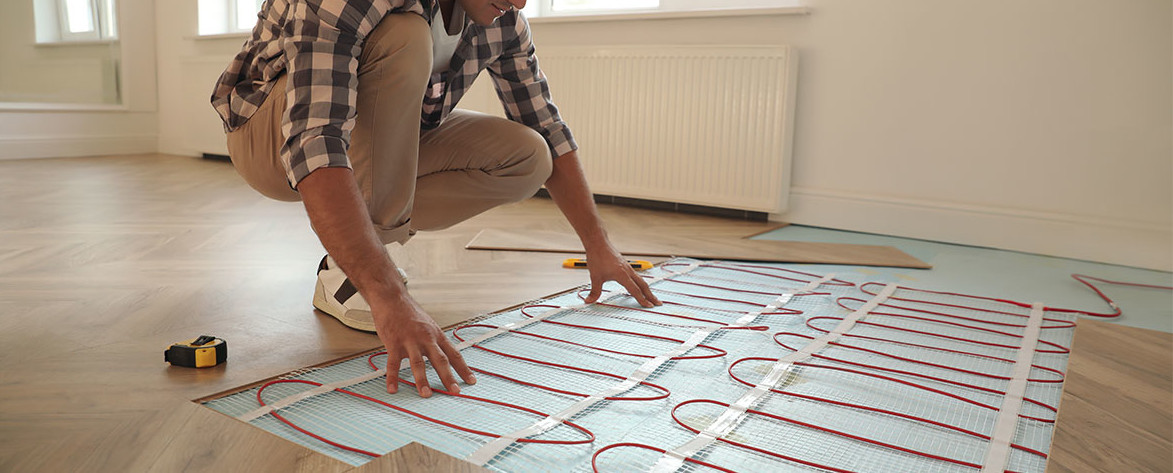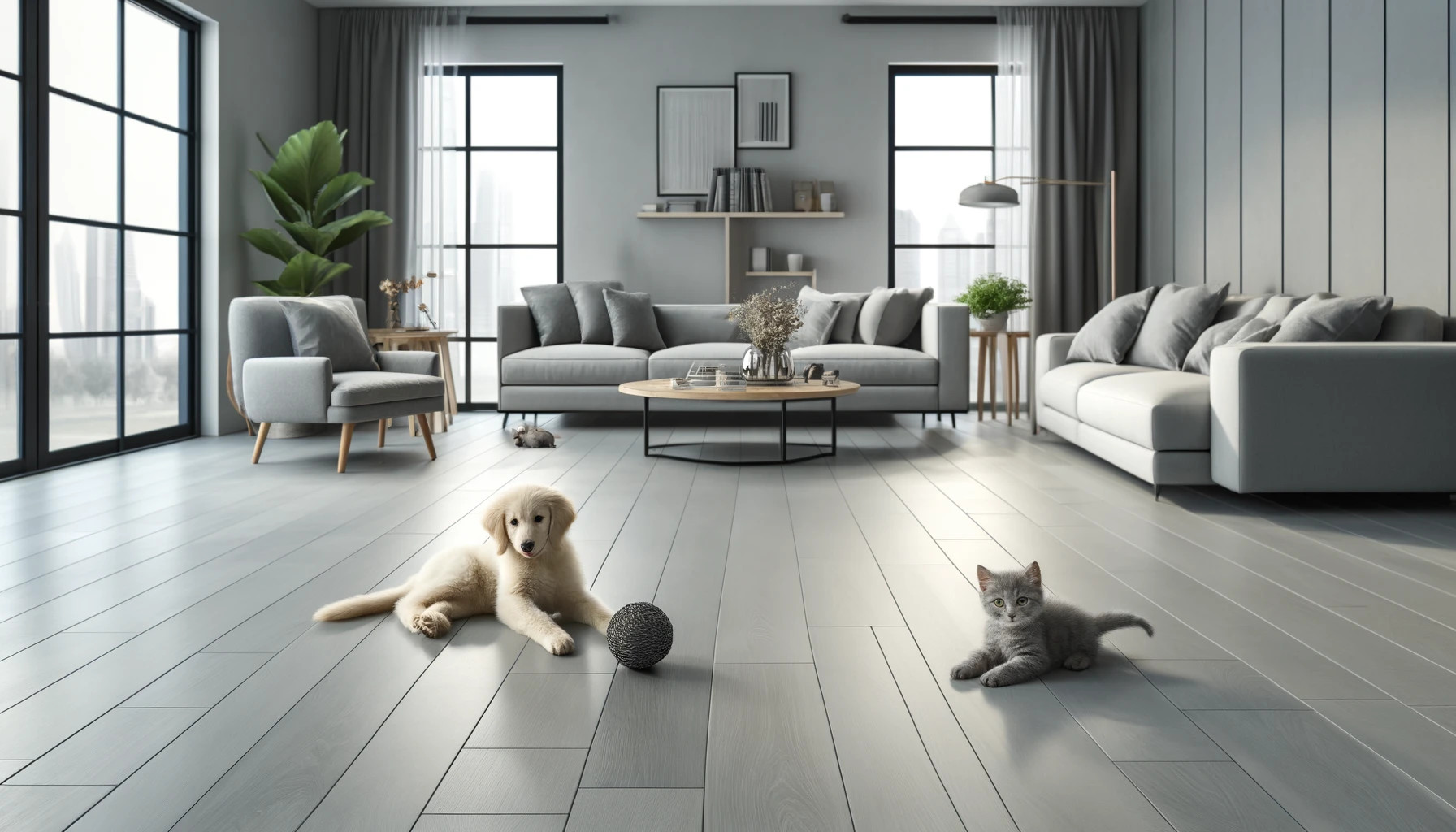Chevron Parquet VS Herringbone Parquet
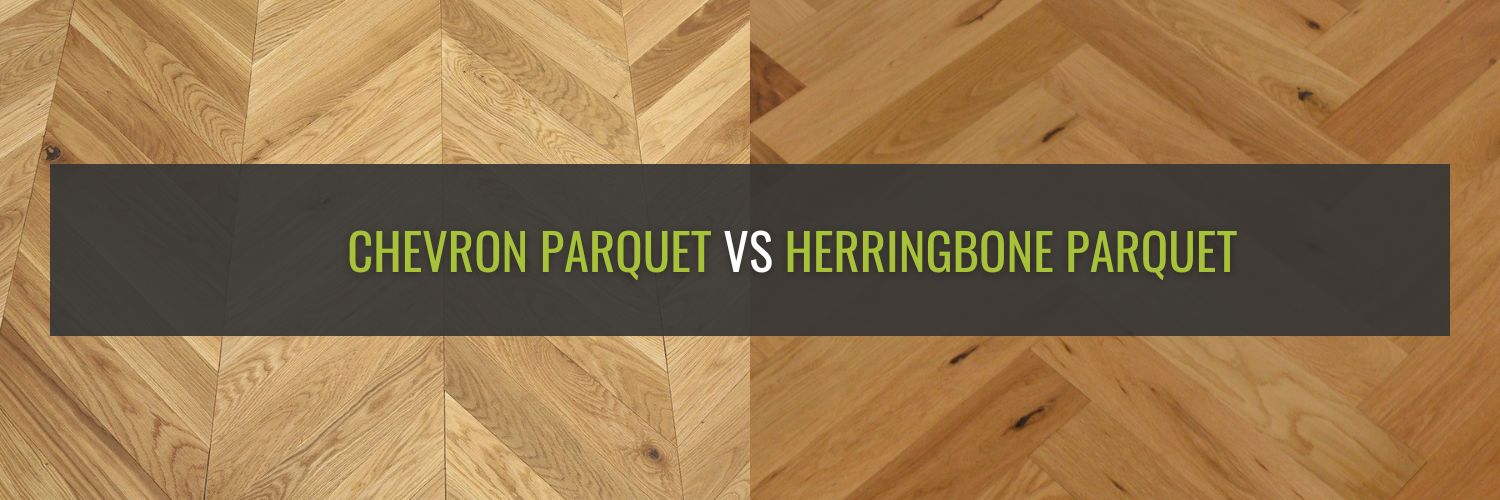
Both chevron parquet and herringbone parquet are popular parquet patterns, often used in hardwood flooring installations. While they share similarities, there are notable differences between the two. Don’t worry though, our flooring experts are on-hand to explain the differences and help you decide on the right style for your home.
What Is the Difference Between Chevron and Herringbone?
Since they are both styles of parquet flooring, the main difference between chevron parquet and herringbone parquet is the aesthetics. Both floors have a unique appearance and pattern that is easy to distinguish. Herringbone floors use complete rectangular blocks or planks whereas chevron planks come with the short ends cut at a 45° angle. Any other notable differences will depend on the type of flooring, the installation type, the thickness, and the width but we’ll cover more on that later.

What Is Chevron Parquet?
Chevron parquet features a "V" shape pattern. To create this pattern the wood planks must be cut at a 45° angle. After this, they are aligned and strategically placed so that the ends of each plank meet at a point, creating a seamless and uniform pattern that will make any space feel luxurious. The pattern's diagonal lines also create a sense of movement and depth.

What Is Herringbone Parquet?
The herringbone parquet pattern looks more like a broken zigzag. To form this pattern, the wood planks are cut into rectangular shapes and laid out in a staggered pattern at a 90° angle. This creates a repeating "V" or "fishbone" pattern. Herringbone is a classic and timeless pattern that has been used for centuries. It offers a more traditional and formal look compared to Chevron.

Key Differences:
Pattern Orientation
As mentioned above, chevron and herringbone parquet have very distinctive patterns. While both were popularised by the French, the inspiration for each of them was very different. The term "chevron" refers to the chevrons used for military uniforms, whereas the ‘herringbone’ pattern was inspired by the spine of the herring fish.
Visual Impact
When looking for a new floor, you’ll want one that can accurately represent your style and can blend in effortlessly with your home, which is why the pattern is so important. We find that chevron parquet tends to create a more dramatic and bolder look due to its diagonal lines and seamless pattern, making it ideal for modern and contemporary settings. Herringbone parquet, on the other hand, has a more subtle and traditional appearance which works well in most settings.
Installation Complexity
Parquet flooring will always require a little more patience and precision when it comes to installation. However, chevron parquet still tends to be slightly more complex and time-consuming to install compared to herringbone parquet. There are also more options in terms of the installation type for herringbone floors which is something to keep in mind if you’re considering tackling the installation yourself.
Versatility
When deciding on parquet flooring, you’ll quickly realise there are other aspects to consider, such as the flooring type. Do you want a solid wood or engineered wood floor, or maybe you want something more cost-effective such as laminate or LVT? Whatever you decide, this may play a big part in the style that you choose as herringbone floors tend to be much easier to source in many different types, styles, colours, and finishes.
Room Dimensions
Chevron parquet is well-known for making small spaces appear larger than they actually are which makes them ideal for hallways or narrow rooms. However, herringbone parquet can make a room look smaller and therefore is more suited to larger rooms. If you prefer the herringbone pattern but don’t have much space to work with, we advise choosing a lighter wood.
Stability
Herringbone parquet floors are one of the most stable floors you can buy thanks to the way the planks are placed. There is also less chance of herringbone floors expanding if installed correctly. Chevron floors are still extremely stable but do not have as much stability as herringbone flooring.
Cost
The cost of your flooring will always come down to multiple factors such as the type of flooring as well as the thickness, width, length, and even other factors such as colour, finish, and whether or not it is prime-grade. However, generally speaking, you will find that chevron flooring is slightly more expensive than herringbone.
Aesthetics
This will always come down to personal preference. Some people prefer the chevron pattern and others prefer herringbone flooring. However, it should be noted that there is more than one herringbone pattern and more than one chevron pattern. Depending on how you intend to lay your flooring, it may be that you require additional left or right boards. If you are unsure, always ask a professional before purchasing or proceeding to installation.
Waterproof Properties
You should never leave liquids to sit on wood flooring for a long period. Therefore, only our LVT flooring range is 100% waterproof. So, if you're planning on renovating your bathroom, we highly suggest taking a look at our herringbone LVTs.
Durability
The durability of your parquet flooring will depend on the floor type you choose. Other factors such as the thickness of the flooring and wear layer (where applicable) will also play a part.
You can find more information about each type below:
Engineered Wood Parquet Flooring (Herringbone & Chevron)
Solid Wood Parquet Flooring (Herringbone Only)
Luxury Vinyl Tiles (Herringbone Only)
Laminate Flooring (Herringbone Only)
Historic Significance
Both floors are extremely rich in history and have kept their timeless appeal even all these years later.
Comparison Chart
If you're still feeling a little lost, our quick reference sheet should help you to compare the two, so feel free to save it for later!

Our Expert Advice
- Always keep in mind that the installation costs will be higher for parquet, particularly with time-consuming patterns such as Chevron.
- Keep an eye out for sales or clearance sections to save on some of the costs.
- Never install parquet flooring yourself if you don’t know what you are doing. Unlike other floors, it can be quite complex and can quickly get overwhelming.
Our Best-Selling Parquet Floors
Conclusion
Ultimately, the choice between Chevron and Herringbone parquet depends on personal preference, the desired aesthetic, and the overall style of the space. However, if you're looking for a floor that is waterproof or the most budget-friendly parquet, then herringbone is your answer. It really just depends on what is most important to you.
If you have any questions, please leave them below or get in touch.
chevron-parquet-vs-herringbone-parquet




